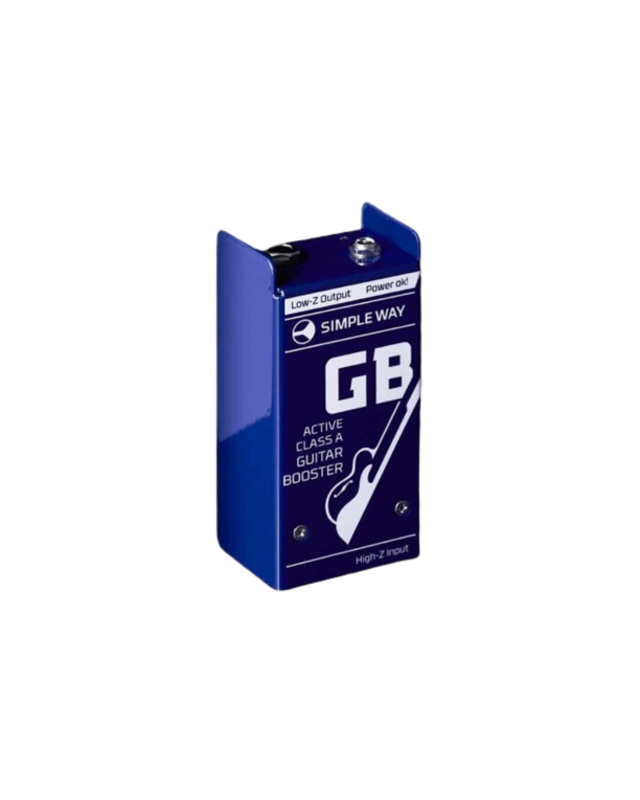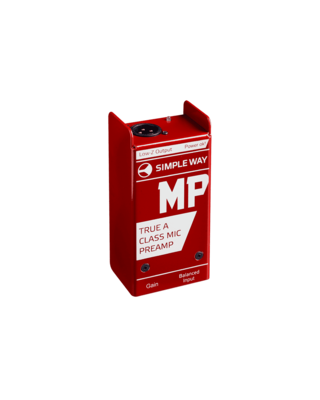The buffer is powered by a +9 -+24 adapter and has an TRS (1/4 inch Jack) input and output sockets and a power connection. Other instruments can also benefit from the use of this device. It has a lot of overload protection headroom, which depends on the power supply: +9V for a guitar, +12 – +15V for the keyboards, and +24 – +27V for a high gain line level source. Why is it called a guitar buffer then? A guitar is a complex and demanding instrument and the buffer effect is very obvious when used on a guitar.
Technical specs:
Transmission ratio 1:1
Input resistance – not less than 4mOhm
Output resistance – not more than 10 Ohm
Harmonics coefficient – (0 dBu, U — 12В) not more than, – 0,002%
Overload ability (Harmonics coefficient less then 1%)
With 12V power – not less then +12dBu
With 9V power – not less then +8dBu


















